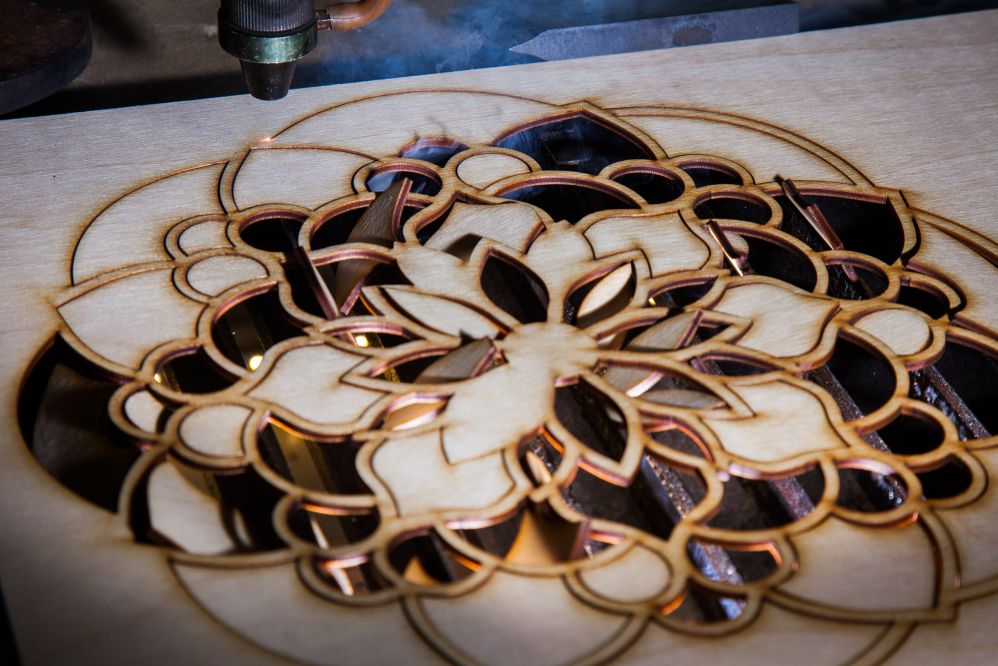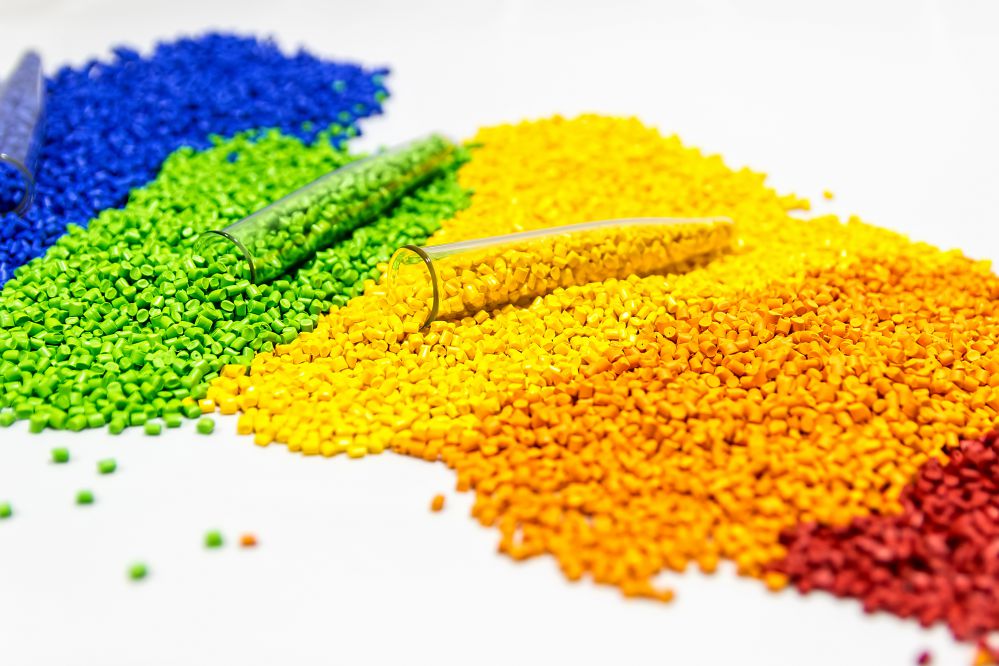Laser drilling consists of creating micro-holes on various types of materials. It is one of the first applications of laser for material processing.
The technique is based on the sublimation process by a focused laser beam. The laser concentrates the energy on the surface of the material, making it pass instantly from a solid state to a gaseous state. In fact, the material is vaporized and what remains is a perforation of the desired measurements.
Types of laser perforation
There are different types of laser drilling. Some are cleaner or more efficient than others.
single-pulse drilling: a single pulse creates the hole. This technique makes it possible to make holes smaller than a millimeter on materials up to 1 mm thick
double-pulse drilling: works like the previous one, but in this case the hole is created by two pulses in rapid succession
percussion drilling: the hole is created by sending multiple laser pulses on a single point
trepanning: the laser beam follows the perimeter of the hole to be made. This type of processing allows for larger holes – smaller than 3 millimeters – to be made on materials less than 3 millimeters thick
helicoidal drilling: the laser moves in a spiral starting from the center of the hole and progressively removes material as it travels. This technique allows you to create small holes on materials as thick as 25mm
The type of application and processing will depend on the intended result and type of material used.
Laser drilling advantages
The drilling of materials with traditional methods, is a slow and delicate process. When carried out mechanically the risks range from breaking the material (in cases of fragile materials such as ceramics) to the impossibility of precisely controlling the characteristics and distribution of the holes.
Yet, laser drilling is a non-contact method and therefore many of the typical disadvantages of traditional processes can be overcome.
The advantages of laser drilling are numerous:
- It creates very quickly a great number of holes
- It drills any material (however hard) capable of absorbing the laser radiation
- parameters such as shape and size of the holes can be tightly defined
- the material can be pierced at almost any angle
- the processing speed is very high
- the hole tapers can be controlled in a very precise way
- the density of the holes on the surface can be definined precisely
- processing waste are eliminated
In which sectors is laser drilling used?
Laser drilling is used in a wide variety of sectors. The ability to control the shape, size and number of holes per unit area has made it very popular. Here are some examples.
As a first example of application, we can cite is the manufacturing of acoustic panels. By varying the laser parameters it is possible to make sound-absorbing panels perfectly calibrated to the frequency that needs to be absorbed. With the same processing it is thus possible to create panels for every application, from the automotive sector (panels that absorb engine noises) to architecture and decoration (panels to optimize the acoustics of concert halls and other public spaces).
Another very useful application is the manufacturing of micro-drilled plastic bags for produce packaged in a modified atmosphere. If properly made, the holes make it possible to optimize the gas exchange between the inside and the outside of the packaging and therefore considerably extend the shelf-life of these products.
Which materials can be subjected to laser drilling
Laser drilling can be performed on a great number of materials. CO2 laser, which works with both metals and non-metals, is particularly versatile. Here is a list of materials that can be laser drilled:
- paper
- cardboard
- acrylic plastic
- plastic film
- wood and plywood (mdf)
- ceramic
Examples of laser drilling



Which sources are suitable for laser drilling
CO2 laser sources are best suited for laser drilling on non-metallic materials and on some types of metals. Their wavelength makes them very versatile and flexible for a large number of applications.
If you are considering to start a production based on a laser drilling process, you can contact us. Our expert will be happy to give all the information you need to find a laser material processing solution.






















